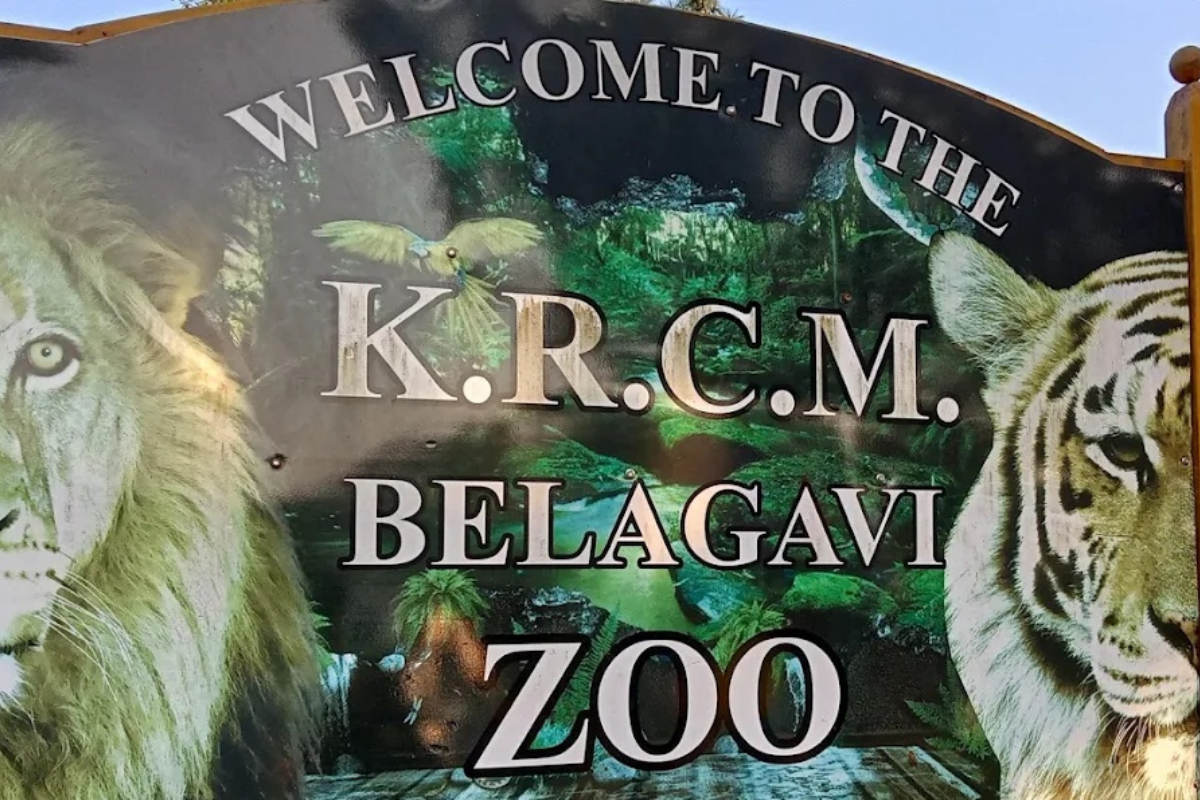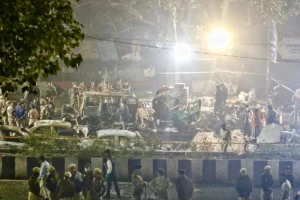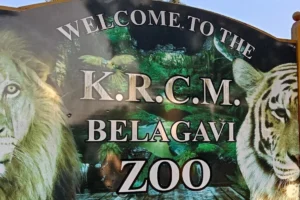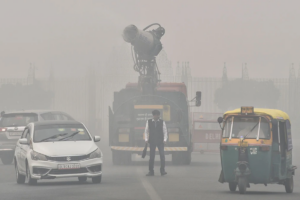
Karnataka reported rising blackbuck deaths in Belagavi’s Kittur Rani Chennamma Mini Zoo, linked to a bacterial infection and Hemorrhagic Septicemia.
Authorities launched a zoo probe as veterinary doctors and the forest department investigated the outbreak, endangered species loss, and overall animal welfare concerns.
The death toll of blackbucks at the Kittur Rani Chennamma Mini Zoo in Belagavi rose to 29 on Sunday after another endangered animal died.
Officials revealed that the preliminary post-mortem indicated a bacterial outbreak, raising alarm across Karnataka’s wildlife circles.
The earlier deaths of 28 blackbucks within three days had already prompted concern.
Authorities had been waiting for the Forensic Science Laboratory (FSL) and post-mortem reports to determine the cause.
The mass deaths of this endangered species protected under the Wildlife Protection Act triggered outrage among conservationists and animal lovers.
Officials later confirmed that the blackbucks died due to Hemorrhagic Septicemia (HS), a severe and often fatal bacterial disease that spreads among herbivores.
They compared the rapid spread to the pattern observed during viral outbreaks, such as the coronavirus pandemic.
A second round of post-mortems was conducted on Sunday by two veterinarians from Bannerghatta National Park.
They examined three carcasses. They also collected food samples that the blackbucks had been given during the past week.
The doctors also assessed the health of the nine surviving blackbucks, who remain under observation.
The case became more serious after contradictory statements emerged.
Forest officials told the minister the deaths stemmed from contaminated feed, yet publicly blamed a bacterial infection.
The lack of clarity before receiving FSL reports raised suspicion and intensified scrutiny.
The deaths occurred under troubling circumstances. On November 13, eight blackbucks died. Before the test results returned, the zoo lost 20 more.
Another blackbuck died on Sunday, pushing the toll to 29. Veterinarian Dr Chandrashekhar confirmed that they collected viscera, kidney, heart, liver, and blood samples.
He said the team would send them for analysis, and the final report is expected by November 18.
Zoo Authority of Karnataka Member-Secretary Sunil Panwar said veterinarians inspected the zoo and found no staff negligence so far.
He added that precautionary measures began after the first eight deaths, but assured action if lapses emerge.
Experts believe early detection and isolation could have saved many of the blackbucks.
They pointed to lapses in health monitoring and delays in responding to initial symptoms.
The blackbucks, brought from Gadag zoo four to five years ago, were between five and six years old.
Of the 28 that initially died, 13 were males, and the rest were females, delivering a severe blow to the zoo’s population.
The investigation continues as Karnataka awaits definitive lab results and accountability.
Also Read: Terror Charges Erupt: NMC Cancels Registrations Of Three Doctors
To read more such news, download Bharat Express news apps




















